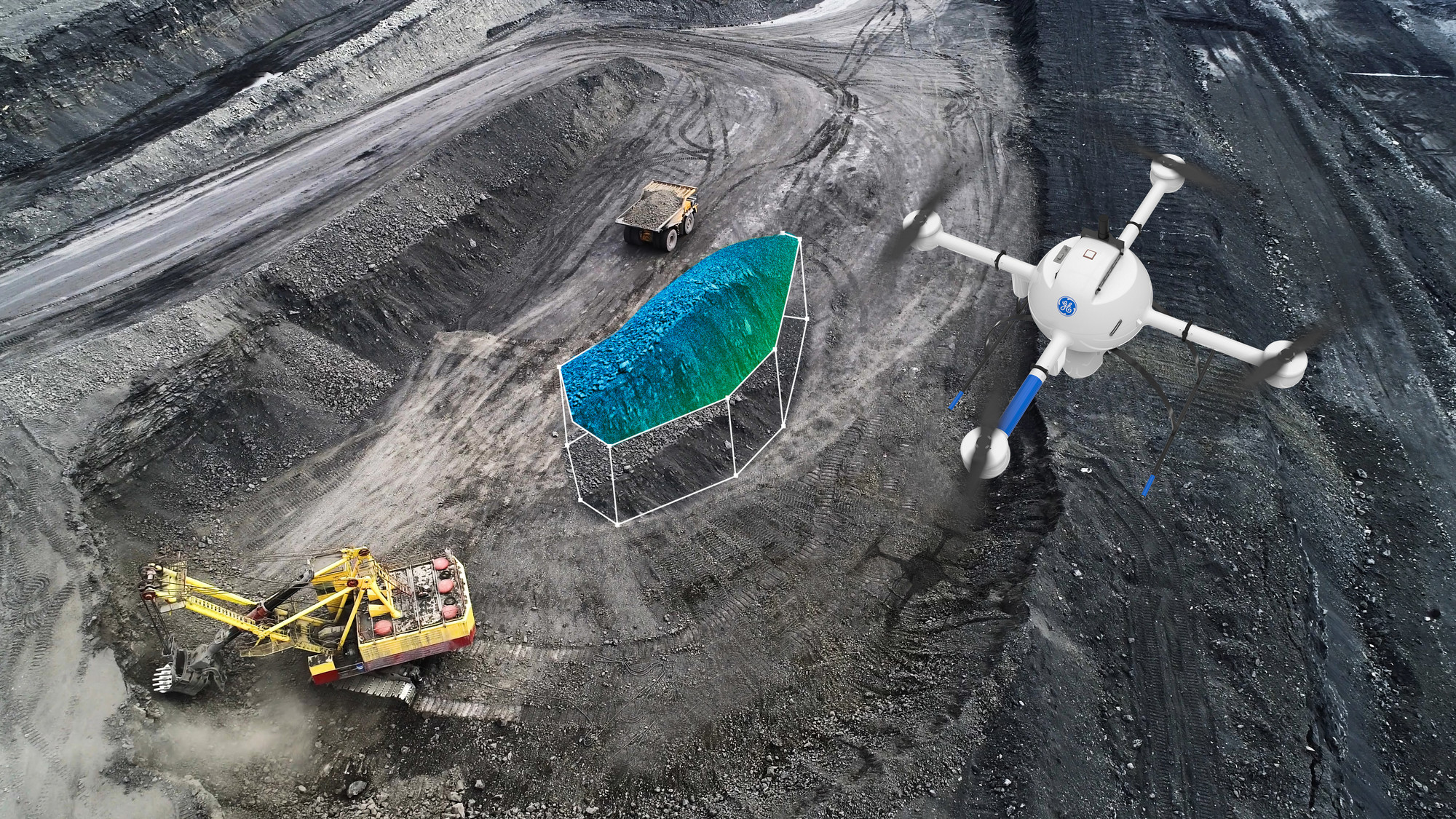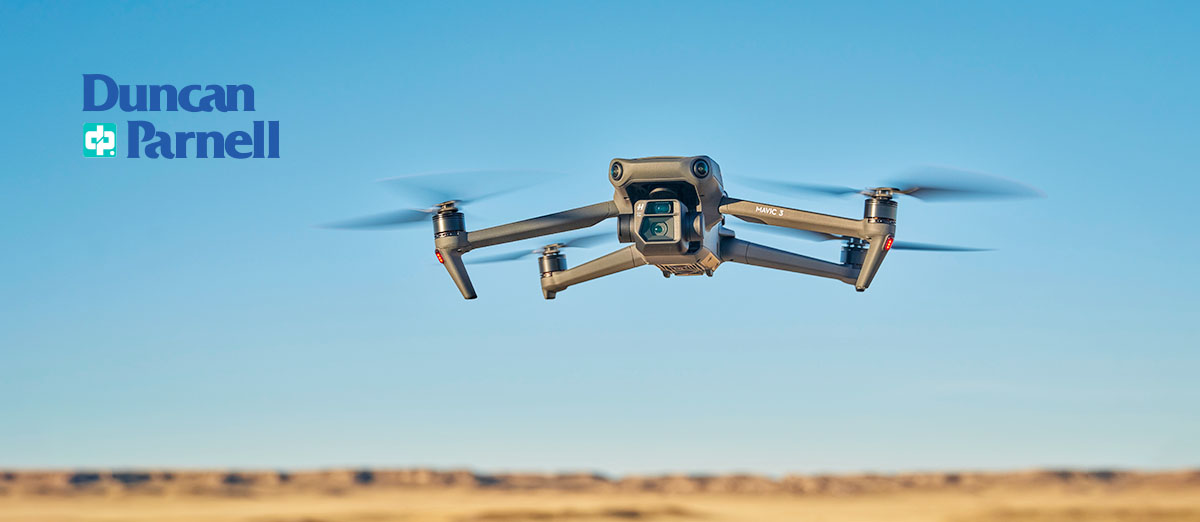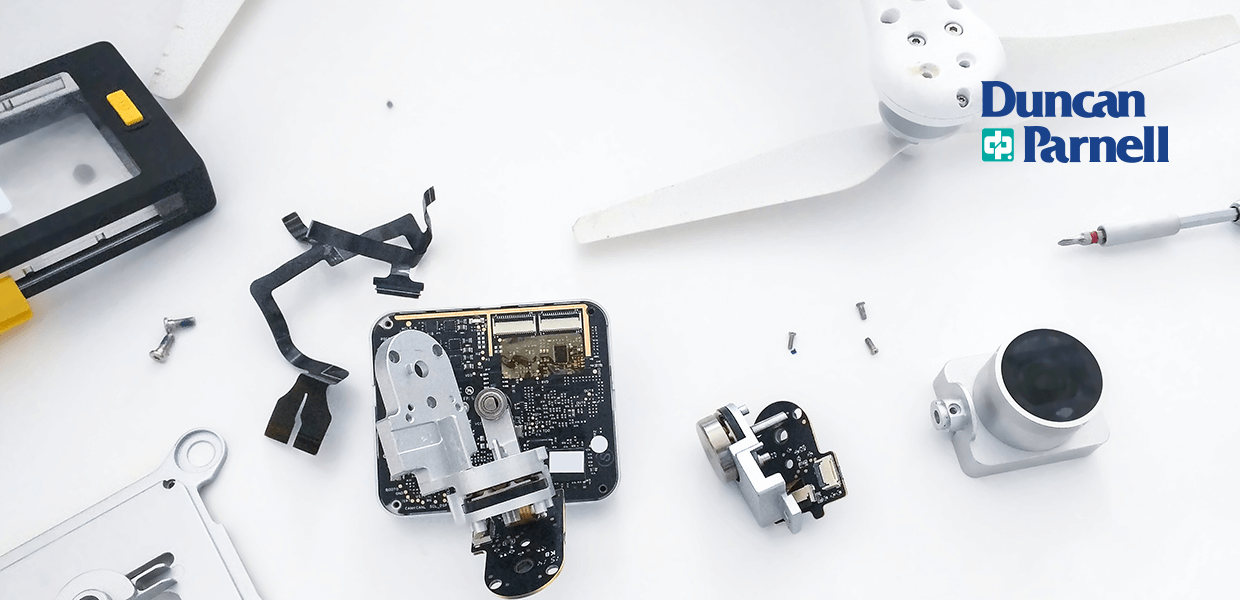How to Choose the Right Drone for the Job
Drones, or unmanned aerial vehicles (UAVs), are efficient tools for various commercial applications. However, there are multiple characteristics to compare when making a purchasing decision. From payloads, altitudes, and endurance to cameras and accessories, there are plenty of features to consider.
This comprehensive guide covers everything you should know when purchasing a drone to ensure it's the best option for your next project.
Commercial Drone Uses
In commercial settings, drones can improve efficiency, accuracy, decision-making, and safety while reducing costs and saving time. Drones operate unmanned at higher altitudes and from far distances, gathering and transferring data to operators. They can reach hard-to-access locations and perform in hazardous environments, making it possible to gather data where it's unsafe for human workers.
Drone surveys improve data quality, as these devices can obtain highly precise, detailed data that traditional surveying techniques can't rival. Drones can fly closer to the ground and capture more images, which can be stitched together to create an intricate 3D model of the surveyed site.
These innovative devices help companies in the manufacturing and engineering industries with various tasks, including:
- Surveying
- Mapping
- Monitoring
- Tracking
- Inspection
- Reporting
- Photography
Types of Drones
Drones are typically categorized by their wing type. The two most common types are:
Fixed-Wing Drones
A fixed-wing drone looks and works like an airplane, with rigid wings that lift it into the air. This drone is especially useful for surveying and mapping, as it can:
- Cover larger areas
- Fly higher altitudes
- Fly at faster speeds
- Last for hours
- Use less energy
However, fixed-wing drones are less agile than rotary-wing drones and require more space for taking off and landing. They cannot hover and often require more training to operate.
Rotary-Wing Drones
These drones have moving rotors that function like helicopters to propel drones into the air. Rotary drones are either single or multi-rotor. They're better suited for photography, scanning, inspection, and monitoring.
In general, rotary-wing drones are useful because they can:
- Take off and land vertically
- Maneuver and operate in smaller spaces
- Provide greater stability
- Hover in the air
Multi-rotor drones can have between three and eight rotors, with more rotors offering more stabilization. However, they're sensitive to weather and have shorter flight times and smaller payload capacities than fixed-wing drones. Single-rotor drones have more endurance and can carry heavier payloads than multi-rotor drones, but they are harder to fly and usually more expensive.

Factors to Consider When Choosing a Drone
Choosing the right drone begins with assessing your project requirements and goals. There are multiple drone models and features to choose from. Besides wing type, you can compare other characteristics to narrow your options and find the best one for your application and budget.
Here are some other considerations when selecting a drone:
1. Payload
A drone's payload refers to how much weight it can carry, such as for additional equipment. You'll need a drone with a high payload-carrying capacity if you're attaching multiple accessories.
2. Endurance
Drone endurance is how long a drone's battery will last, which dictates its flight time. The drone's wing type significantly impacts its endurance, with fixed-wing drones having the longest battery life. A drone with high endurance is necessary for larger areas or long surveying and monitoring sessions.
3. Features
You can purchase a standard drone with a camera or choose a more specialized model, depending on your requirements. Some drones come equipped with obstacle sensors, thermal sensors, Lidar scanners, and methane gas detectors. You can always add extra accessories as needed.
4. Altitude
Different drones are rated to fly at varying altitudes, so you need to consider how high you'll fly your drone and choose a model with a sufficient altitude rating. Note that you may need a permit or license to fly your drone higher than 400 feet above ground.
5. Camera
If your project requires a drone with a camera, consider the photo or recording quality you need. Cheaper cameras will have a lower quality, which may be sufficient for your application. However, you'll have to pay more for high-resolution images. You can also find cameras that rotate in the air or live stream their recordings to another device.
6. Portability
While portability may not be your greatest concern, some drones are inconvenient to move around. This is sufficient if you're only using the drone in one place, but if you need to transport the drone to different locations, a portable drone that folds up and packs away easily is beneficial.
7. Software
Drones pair with software to receive and store data, plan flight paths, monitor drone status, and generate 3D models. If your job has specific software requirements, consider choosing a drone that includes these. You can also create custom software if you need something more specialized.
8. Conditions
Weather can cause drones to become unstable or consume more energy as they work to stay upright. It's important to find a weather-resistant drone if you plan to fly in rainy, windy, or snowy conditions.
9. Durability
Some drones are stronger and can withstand more damage than others. If you need to fly your drone into obstacle-heavy areas, choose a durable model that can withstand impact. Find out how easy it is to get replacement parts or repair the drone if it's damaged frequently.
10. Cost
Finally, consider every cost associated with your potential drone choice. Above the initial purchase price, you'll also have to pay for any extra equipment, insurance, training, replacement parts, and maintenance. Understanding these expenses beforehand can help you prepare for them in advance.
Explore Duncan Parnell's Drone Solutions Today
No matter your project requirements, Duncan-Parnell has a drone for the job. We stock a wide range of the best drone brands in the industry, including:
We consistently stay ahead of industry trends to provide you with the latest drones and features. We understand that purchasing a drone can be a large investment. That's why we're happy to work with you to understand your needs and select the right drone for your application.
Our team offers payment plan services to assist with bigger purchases. Our service doesn't stop when you make a purchase — our trained experts are available to assist with after-sale technical support and maintenance needs.
Browse our drones today or visit one of our stores for in-person support. If you have any questions, submit a contact form and a member of our team will get back to you.





